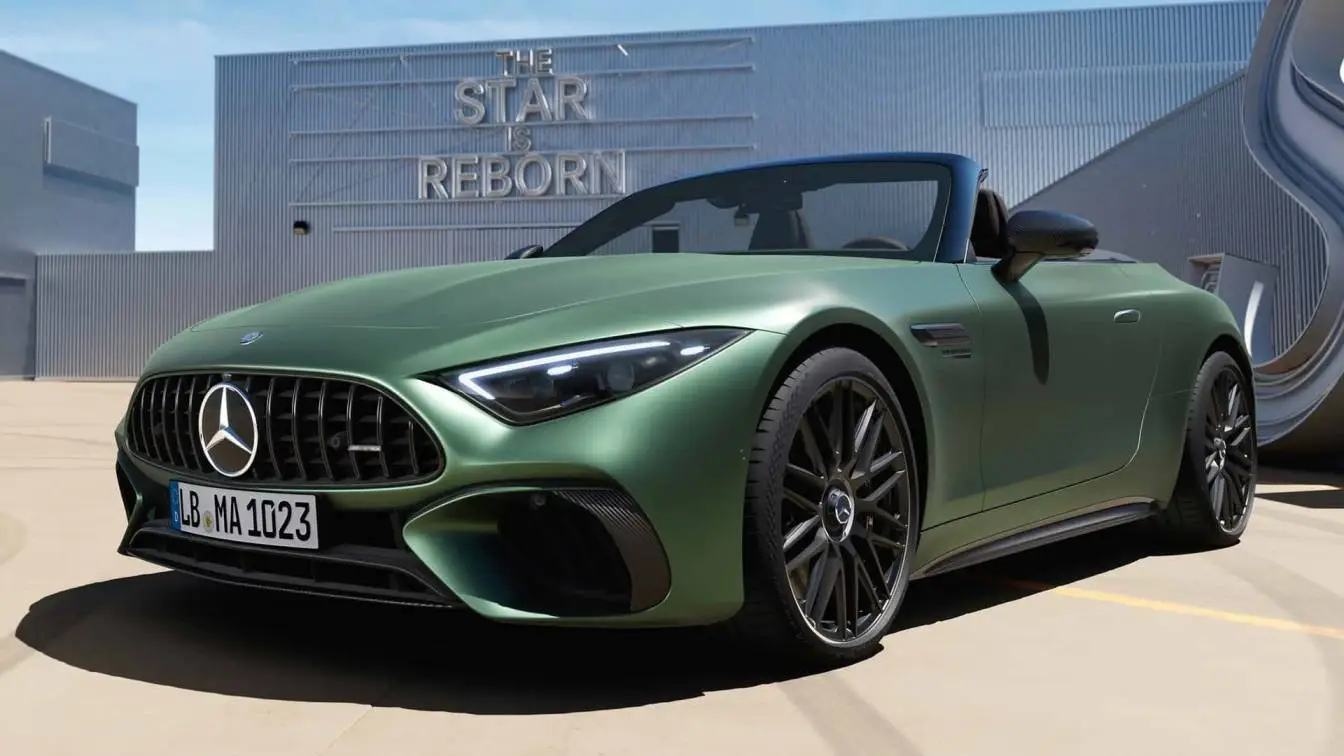1974 Zagato Zele 1000 – 25mph
The upright Zagato Zele, a little electric vehicle from the most unlikely of Italian suppliers, was miles ahead of its time, and if you wanted a zero-emission two-seater for the city, you could purchase it here rather than admire it at a car show. It was most likely the slowest four-wheeled automobile available in the postwar time (sold in the UK by Bristol Cars and in the USA by Elcar), with a healthy person being able to run quicker than a Zele could travel flat-out. A Marelli industrial electric motor took power from a bank of four 12V batteries, providing a range of 37 miles.
1948 Citroën 2CV – 41mph
"Design a car capable of transporting two people and 50 kilos of potatoes at 60kph while using no more than 3 litres of fuel per 100km..." "Let it be disgustingly economical." Pierre Boulanger, Citroën's 1930s managing director, described his concept for the 2CV. That meant he needed those potatoes at 37 mph, therefore the 2CV powered the front wheels with 9bhp from a 375cc air-cooled two-cylinder engine. It was the slowest conventional automobile at the 1948 Paris Motor Show, when it made an unexpected appearance. The introduction was delayed by eight years due to the Second World War, but the 2CV was more relevant than ever in those austere times, as seen by its corrugated appearance and fabric roof. Long-travel suspension and low-pressure tires aided its snail-like passage across France's rutted backwaters.
1976 Enfield 8000 – 48mph
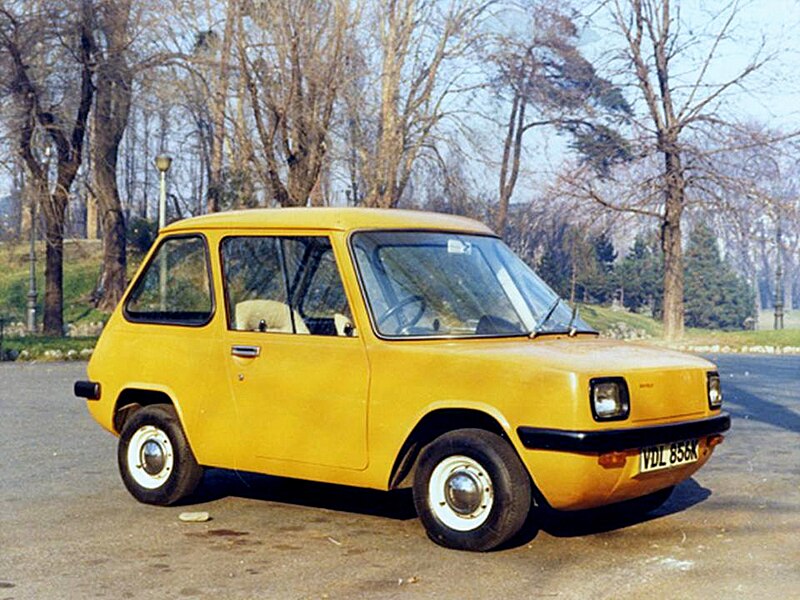
With a range of only 40 miles and nearly a ton of lead-acid batteries that required 10 or more hours to completely charge, the Enfield 8000 is going to appear archaic in compared to its modern counterparts. But when it went on sale, it was Britain's most ambitious effort at a production electric vehicle. The Enfield was funded by a Greek shipping multi-millionaire to pursue a contract from Britain's Electricity Council to deliver a fleet of 60 electric city vehicles for long-term testing. The motor was derived from a Lansing Bagnall forklift truck, while racing-car designers designed its tubular spaceframe, wind-cheating aluminum body panels, and even the ability to resist a 30mph frontal crash. Attempting to reach its advertised peak speed tended to consume power quickly, destroying the claimed 40mph range, which was actually around 15 miles on really cold days!
1947 Jowett Bradford – 53mph
Fifty-three miles per hour would be just terrible in this ancient vehicle with windows, and few owners now will have ever endured such a misery. The Jowett Bradford was essentially a 1932 design that made a reappearance after WWII, providing very basic transportation with limited comfort owing to cart springs front and rear. Furthermore, the brakes were mechanical, and the 1-litre flat-twin engine was loud and underpowered, but there was synchromesh in all three ratios. The Bradford was often available as a van or pick-up, but the four-seater Utility estate automobile proved popular in the frugal 1940s. And it couldn't be easier to run.
Read Also: The Electric Vans Inspired By Classic Vehicles
1957 Fiat 600 Multipla – 55mph
Among 1950s Fiats, the Nuova 500 of 1957 is frequently mentioned for its inertia, yet that little car is 1 mph slower at its maximum than this Multipla of the same age. The Multipla, however, had a difficult task ahead of it. The original 633cc four-cylinder, water-cooled engine had a lot more weight to propel than the regular 600, in terms of heavy metal and glass.And, because the Multipla was also marketed as a five-seater and in taxi configuration, a full complement of people further hampered its already meager desire. In contrast, with only the driver seated at the wheel, forward-control as in a truck, the ride might be rough, and sluggish gearchanges seemed to fit the wafty gearlever.
1958 DAF 600 – 57mph

It's a funky vintage piece now, but 1950s automobile fans didn't have much time for this tidy little saloon from the Netherlands. It looked destined to eliminate driving pleasure by making all tiny vehicles automated. The Variomatic constantly variable gearbox technology eliminated the need for a clutch, making the fantasy of 'two-pedal' mobility a reality at an affordable price. The early automobiles had DAF's own 600cc, air-cooled, flat-twin cylinder engine that drove the back wheels via a rubber-belt Variomatic transmission. Only three years after its inception, the capacity was increased to 746cc, but it remained a slow automobile.
1957 Berkeley Sports – 58mph
Prior to the Austin-Healey Sprite, various attempts were made to develop an affordable little sports vehicle. This was one of the most innovative, a collaboration between designer Lawrence Bond and Bedfordshire caravan tycoon Charles Panter. Visual inspiration may have come from Ferrari, but to give the adorable two-seater some legs, the entrepreneurs resorted to motorcycles, initially equipping the Berkeley with an Anzani 322cc twin-cylinder unit and later, starting in 1957, with an Excelsior motor. Chains powered the front wheels, and there had a three- and then four-speed motorcycle gearbox. The construction was a brilliant three-piece plastic monocoque, but the lightweight design couldn't compensate for some of the inherent flaws of the bike parts. Even with the top down, the vehicle didn't feel as slow as it really was

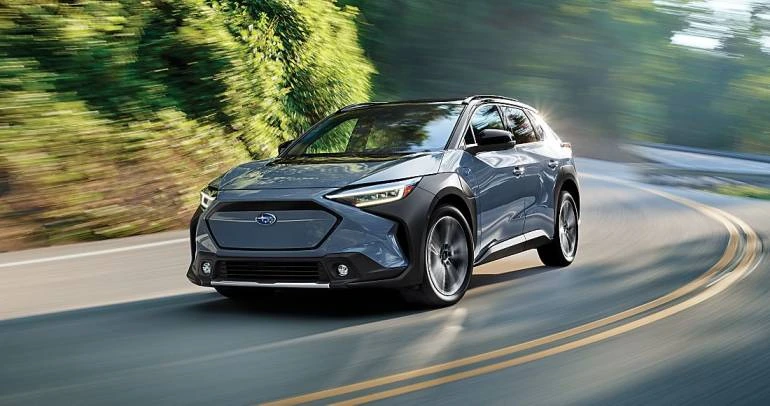
.webp)
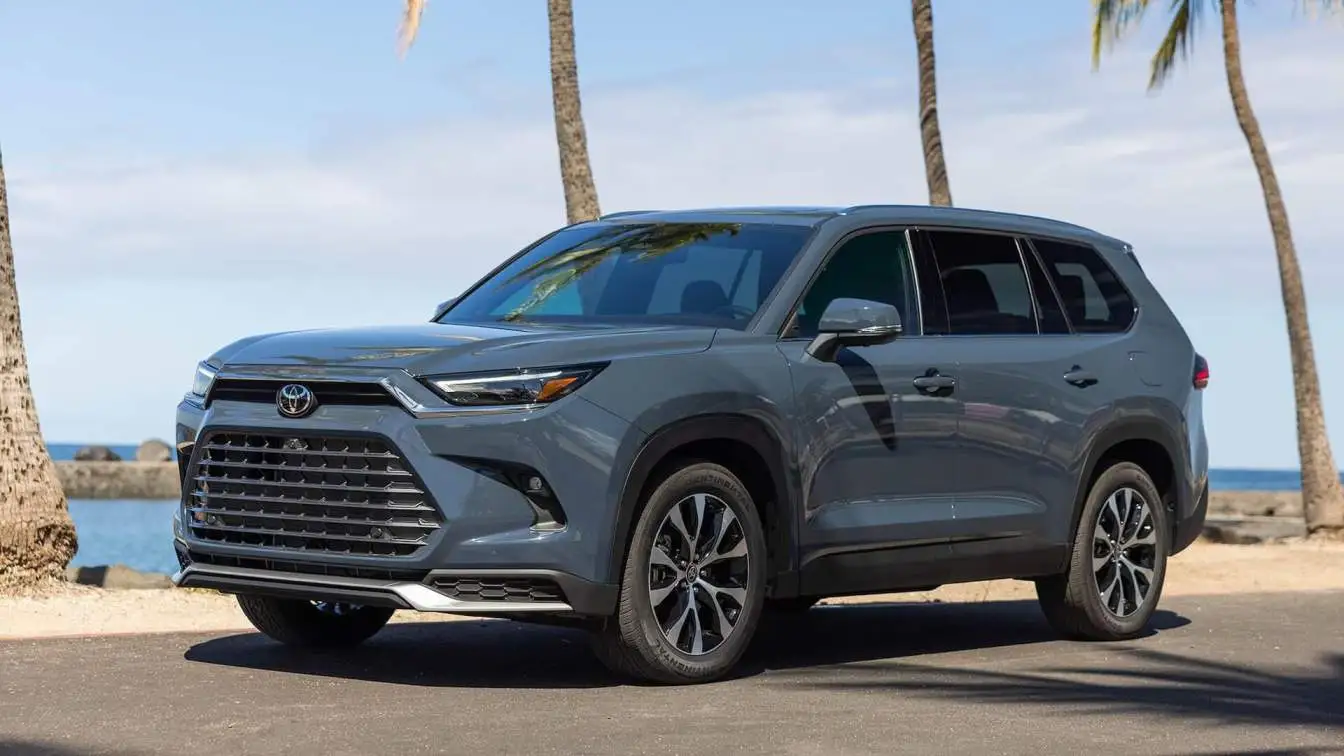
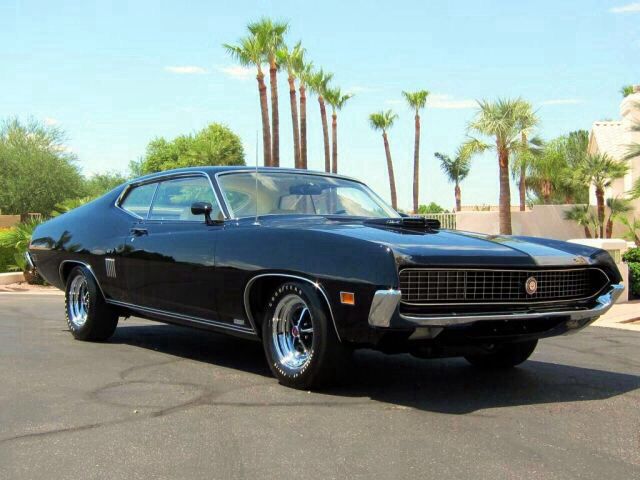
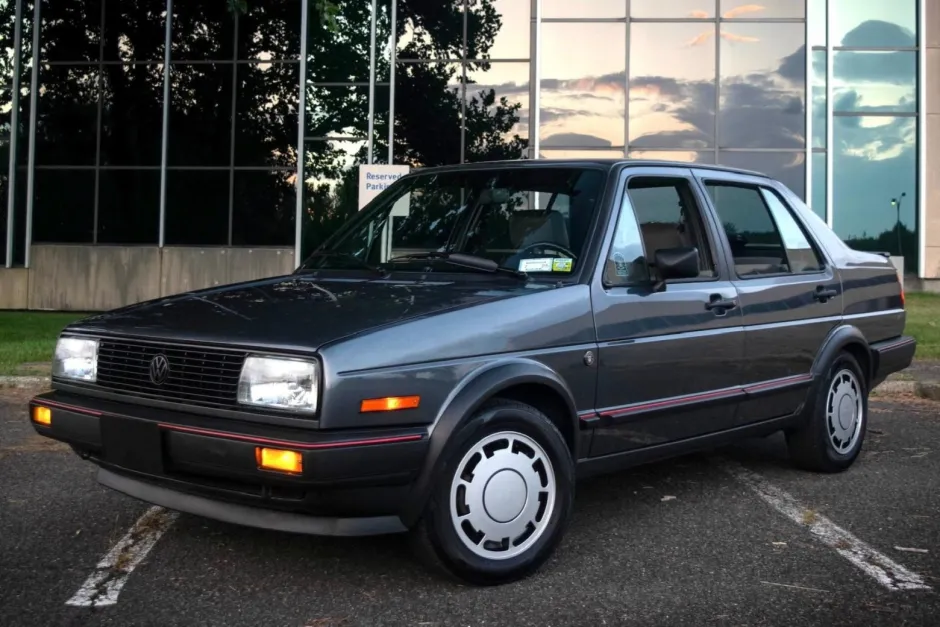
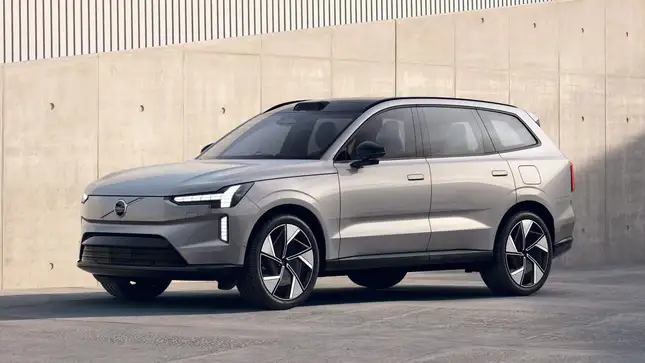
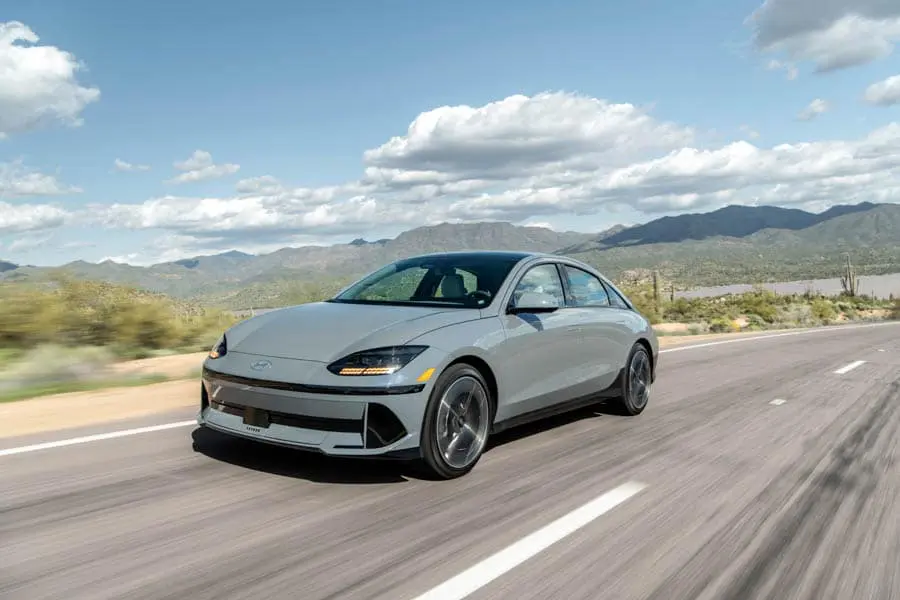
.webp)
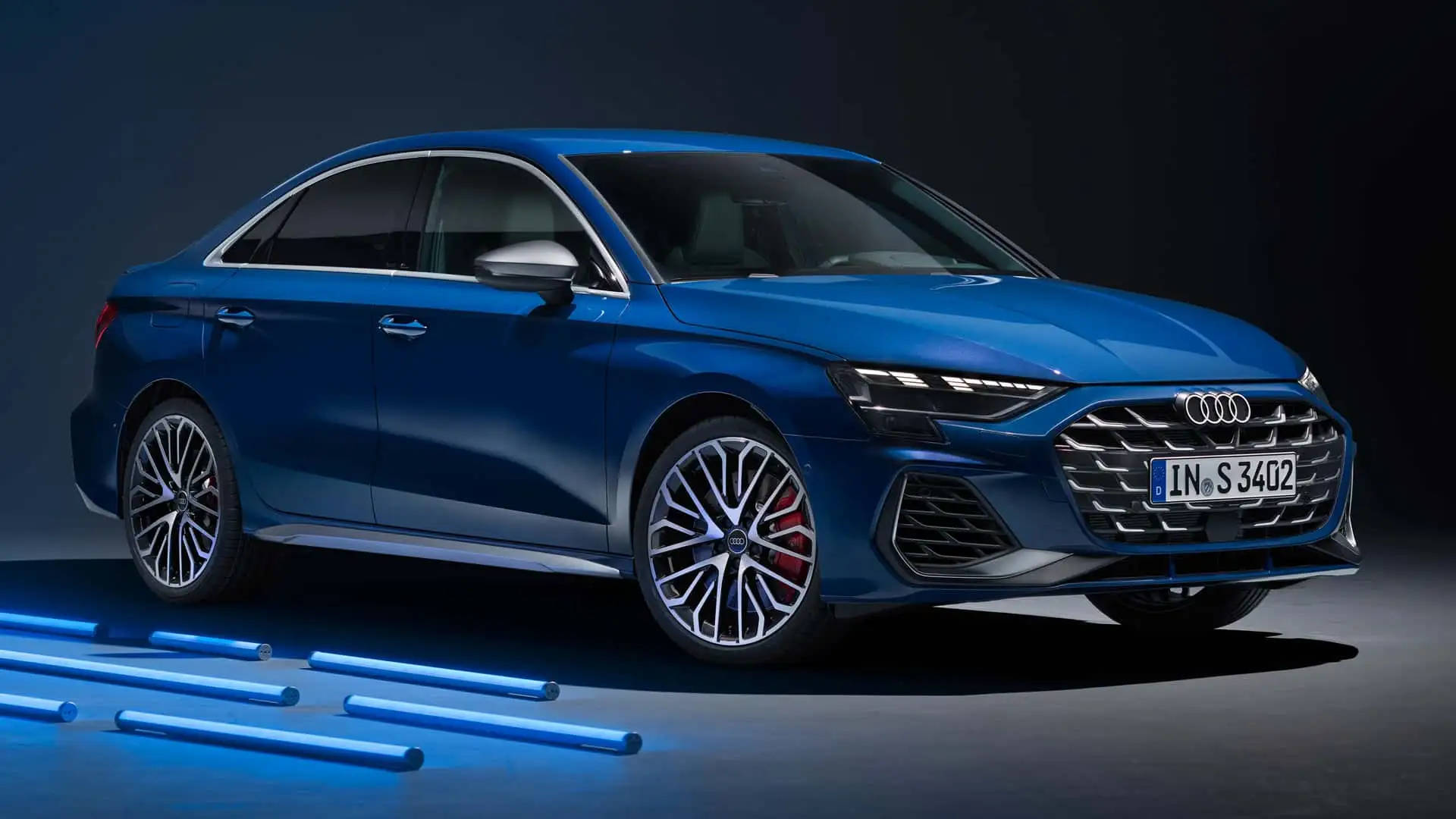
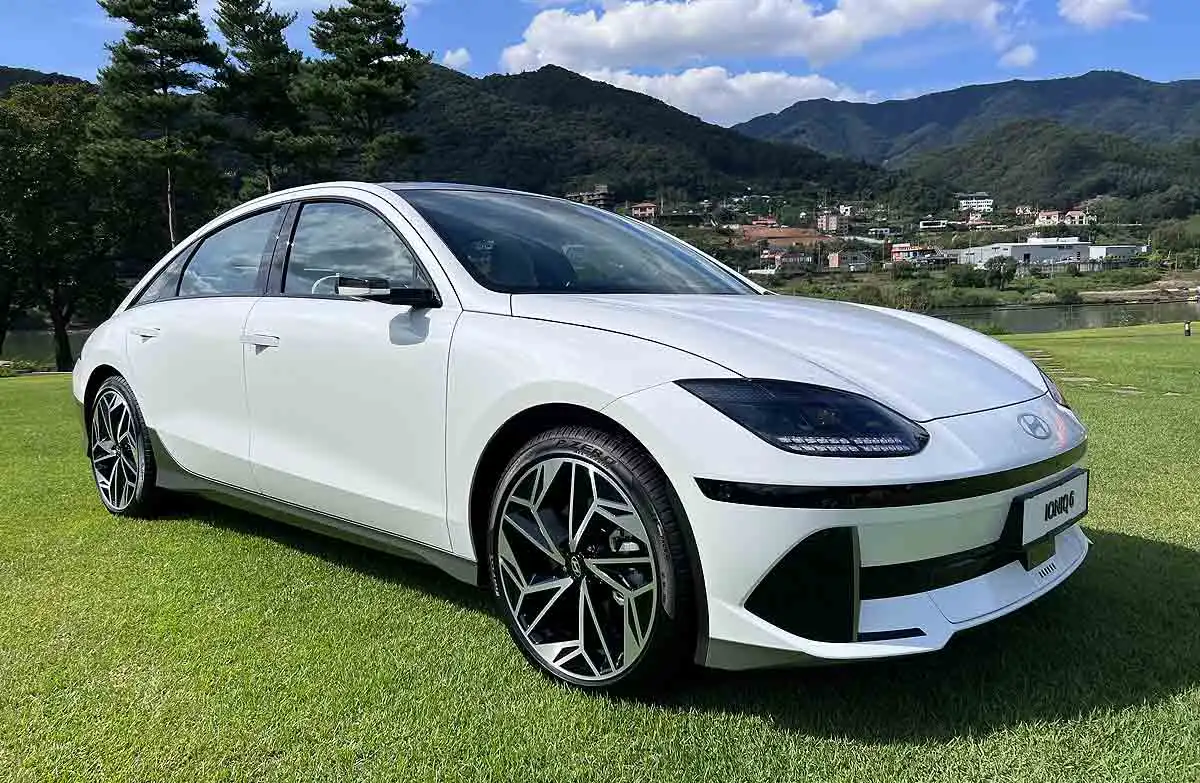
.webp)
